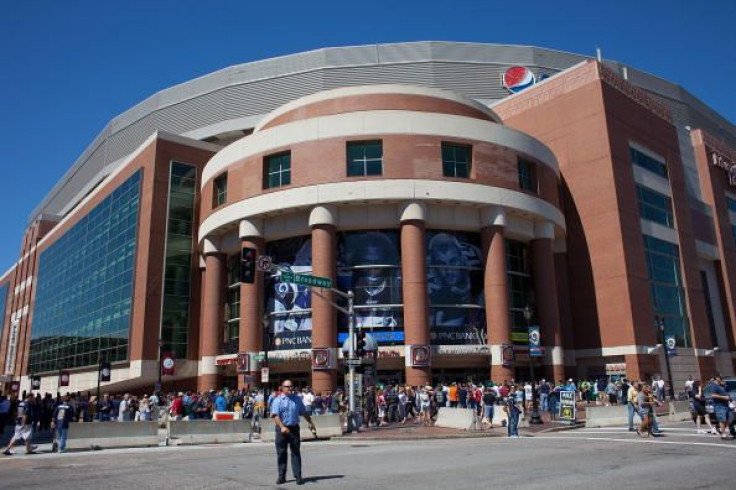NFL's Rams Leave St Louis With $144M In Stadium Debt, Other Costs

The National Football League’s Rams left behind more than bitterness when the team ditched St. Louis for Los Angeles last month - it left a stadium saddled with about $144 million in debt and maintenance costs.
Taxpayers will now shoulder the remaining payments for the Edward Jones Dome with only the help of revenue from tractor pulls, volleyball tournaments, concerts and the like.
St. Louis Board of Aldermen President Lewis Reed has asked the NFL to help pay off the stadium, but so far has gotten no response.
“The fans are being left holding the bag,” Reed said. “I think they should factor that into the total cost of the move."
The leftover debt and maintenance costs are another example of the NFL's negotiating prowess with many cities, sports economists said, and also reflects larger problems with the deal St. Louis struck with the Rams.
Even before the team decided to leave, the city's stadium revenues didn't cover its payments, leaving the city with annual shortfalls.
The league and the Rams did not respond to requests to comment.
Across the country, cities have gotten stuck with substantial costs after sports teams leave or even move across town. Often, local governments must pay bonds, maintenance costs, or demolition fees after a team is gone.
Houston’s iconic Astrodome, once dubbed the Eighth Wonder of the World, sits empty a decade after the facility housed 25,000 evacuees of Hurricane Katrina and nearly 20 years after the Oilers left. The Detroit Lions’ former Silverdome in Pontiac, Michigan, was used sporadically after the team moved downtown in 2002, but shuttered for good when the inflatable roof was deflated.
Today, after years of exposure to the elements, the Silverdome is slated for demolition. Robert F. Kennedy Memorial Stadium, the Washington Redskins' former home, may meet the same fate, said Greg O’Dell, president and CEO of Events DC, the convention and sports authority that owns the stadium.
NFL stadiums are primarily designed for one thing - eight home games a year - and don't necessarily adapt well to alternate uses. Cities also have little chance of attracting a new professional team to an old stadium; building a glitzy new one is often what it takes to win league approval.
“These things become economically obsolete before they become physically obsolete,” said Victor Matheson, College of the Holy Cross economics professor.
It’s not uncommon for local governments to pay debts and maintenance on abandoned stadiums for years - even after it is demolished. Seattle’s Kingdome bonds were retired only last year, 15 years after the facility was imploded in 2000. Philadelphia has $160,000 left to pay on Veterans Stadium, more than a decade after the facility was torn down. Debt from Indianapolis’ Hoosier Dome - demolished in 2008 - still hadn't been paid off in 2013, according to state filings.
In St. Louis, the $280 million agreement to build the Edward Jones Dome for the Rams raised eyebrows since its opening in 1995. Unlike other stadium deals, the St. Louis contract included a clause requiring the 67,000-seat dome be maintained to a first-tier standard, meaning the facility must be considered among the top quarter of all NFL football facilities.
As the stadium aged - and new, state-of-the-art NFL stadiums were erected in New Jersey, Texas, and California – the bar became more onerous.
“This was a contract designed to be broken” by the team, said Matheson, who studies stadium finances. “They had a terrible, terrible contract with the Rams."
© Copyright Thomson Reuters 2024. All rights reserved.











